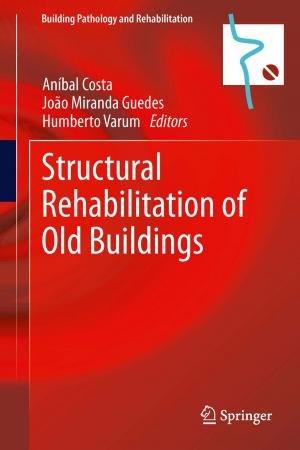Style in Translation: A Corpus-Based Perspective
Nonfiction, Reference & Language, Language Arts, Translating & Interpreting| Author: | Libo Huang | ISBN: | 9783662455661 |
| Publisher: | Springer Berlin Heidelberg | Publication: | January 26, 2015 |
| Imprint: | Springer | Language: | English |
| Author: | Libo Huang |
| ISBN: | 9783662455661 |
| Publisher: | Springer Berlin Heidelberg |
| Publication: | January 26, 2015 |
| Imprint: | Springer |
| Language: | English |
This book attempts to explore style—a traditional topic—in literary translation with a corpus-based approach. A parallel corpus consisting of the English translations of modern and contemporary Chinese novels is introduced and used as the major context for the research. The style in translation is approached from perspectives of the author/the source text, the translated texts and the translator. Both the parallel model and the comparable model are employed and a multiple-complex model of comparison is proposed. The research model, both quantitative and qualitative, is duplicable within other language pairs. Apart from the basics of corpus building, readers may notice that literary texts offer an ideal context for stylistic research and a parallel corpus of literary texts may provide various observations to the style in translation. In this book, readers may find a close interaction between translation theory and practice. Tables and figures are used to help the argumentation. The book will be of interest to postgraduate students, teachers and professionals who are interested in corpus-based translation studies and stylistics.
This book attempts to explore style—a traditional topic—in literary translation with a corpus-based approach. A parallel corpus consisting of the English translations of modern and contemporary Chinese novels is introduced and used as the major context for the research. The style in translation is approached from perspectives of the author/the source text, the translated texts and the translator. Both the parallel model and the comparable model are employed and a multiple-complex model of comparison is proposed. The research model, both quantitative and qualitative, is duplicable within other language pairs. Apart from the basics of corpus building, readers may notice that literary texts offer an ideal context for stylistic research and a parallel corpus of literary texts may provide various observations to the style in translation. In this book, readers may find a close interaction between translation theory and practice. Tables and figures are used to help the argumentation. The book will be of interest to postgraduate students, teachers and professionals who are interested in corpus-based translation studies and stylistics.















